HDPE Duct Spacer
LS Trading manufacturer & exporter of HDPE Duct Spacer. It is a device used to maintain a fixed separation between multiple parallel conduits or ducts that are laid underground or on overhead structures. It is typically made of High-Density Polyethylene (HDPE) material which is known for its high strength, durability, and resistance to corrosion.
HDPE Duct Spacer is designed to support and protect the conduits from damage caused by external forces such as soil movement, seismic activity, and traffic loads. It also prevents friction between the conduits and reduces the risk of damage caused by the rubbing of the pipes.
The HDPE Duct Spacer is available in different shapes, sizes, and configurations to suit various conduit arrangements. Some designs allow for easy installation and removal of the Duct spacer price, while others provide a more permanent solution.
Overall, the HDPE Duct Spacer supplier is an essential component of any modern conduit installation, as it ensures that the conduits are correctly positioned, secured, and protected from damage, thus enhancing the overall longevity and reliability of the conduit system.
Features:
- Material: HDPE Duct Spacer is made from high-density polyethylene (HDPE), which is known for its excellent strength, durability, and resistance to environmental factors like UV rays, chemicals, and moisture.
- Design: The spacer is designed to maintain a constant separation between multiple conduits or ducts, which reduces the risk of damage from external factors like soil movement, seismic activity, and traffic loads. It also prevents friction between the conduits, reducing the risk of damage caused by rubbing.
- Easy Installation: The spacer is designed for easy installation, with most models featuring snap-on or clip-on designs that allow them to be easily installed and removed without the need for specialized tools.
- Longevity: Duct Bank Spacer has a long service life and requires minimal maintenance, making it a cost-effective solution for conduit installations.
Overall, Conduit spacers for trench is a reliable, durable, and versatile solution for maintaining separation between multiple conduits and ducts, protecting them from damage, and ensuring the longevity and reliability of conduit systems.
Advantages:
- Durability: It is made from a high-density polyethylene material, which is known for its strength and durability. This material is resistant to impact, abrasion, and weathering, making it ideal for use in harsh environments.
- Corrosion Resistance: HDPE Duct Spacer is highly resistant to corrosion, which makes it an ideal material for use in underground and overhead installations.
- Easy Installation: It is designed for easy installation, with most models featuring snap-on or clip-on designs that allow them to be easily installed and removed without the need for specialized tools.
- Versatility: HDPE Duct Spacer is available in a variety of shapes, sizes, and configurations to suit different conduit arrangements. Some designs allow for easy adjustment of spacing between the conduits, while others provide a more permanent solution.
- Cost-effective: It is a cost-effective solution for maintaining separation between multiple conduits and ducts, protecting them from damage, and ensuring the longevity and reliability of conduit systems.
- Environmentally friendly: HDPE Duct Spacer is an environmentally friendly material, as it is made from a non-toxic and recyclable material.
Overall, Conduit spacers for trench offers numerous advantages over other materials used for duct spacing, making it an ideal choice for conduit installations in a variety of settings.
HDPE Duct Spacer has numerous applications in conduit installations. Some of the common applications shared by HDPE Duct Spacer manufacturer include:
- Electrical Conduits: HDPE Duct Spacer is commonly used in electrical conduit installations to maintain separation between multiple conduits and protect them from damage caused by external factors such as soil movement, seismic activity, and traffic loads.
- Telecommunication Conduits: HDPE Duct Spacer is widely used in telecommunication conduit installations to separate multiple ducts and provide protection from damage caused by environmental factors.
- Gas and Water Conduits: HDPE Duct Spacer is also used in gas and water conduit installations to maintain a constant separation between multiple conduits and protect them from damage.
- Overhead Conduit Installations: HDPE Duct Spacer is also used in overhead conduit installations, where it provides a reliable solution for maintaining separation between multiple conduits and protecting them from damage caused by wind, weather, and other environmental factors.
Overall, Conduit spacers for trench is a versatile solution for maintaining separation between multiple conduits in a variety of conduit installations, making it an essential component of any modern conduit system.
The specifications of Duct Spacer Bank can vary depending on the manufacturer and the application. However, some common specifications of HDPE Duct Spacer include:
- Material: High-density polyethylene (HDPE)
- Color: Generally available in black or white, but can also be customized to suit specific requirements.
- Size: Available in various sizes to suit different conduit arrangements. The size can range from a few inches to several feet in length.
- Shape: Available in different shapes, including circular, square, or rectangular, depending on the application.
- Load Capacity: It has a high load capacity and can support the weight of multiple conduits.
- Corrosion Resistance: It is highly resistant to corrosion, making it suitable for use in harsh environments.
- UV Resistance: It is also resistant to UV radiation, which makes it an ideal choice for outdoor applications.
- Temperature Range: It can withstand a wide range of temperatures, from -40°C to 80°C.
- Certification: It is typically certified to meet industry standards such as ASTM, ISO, or DIN.
Overall, the specifications of Duct Bank Spacer ensure that it provides a reliable and long-lasting solution for maintaining separation between multiple conduits and protecting them from damage caused by external factors.
Related products
Ground Covers
- Very effective in blocking weeds and soil erosion
- Due to its water-absorbent quality, it allows the soil to breathe.
- Prevents soil/land washout due to rainfall
- Used for 100% chemical-free weed control
- Having high tensile strength
- Highly durable
- Tough and tear-resistant
- Highly resistant to UV & chemicals and mildew
- Provides cost-effective covering
- Long-lasting and optimum quality
- Lightweight
- Easy to maintain and clean
- Our manufactured woven Ground Covers are sturdy and durable, having a life expectancy of 5+ years.
- Our ground covers are available in square marking lines, and stripes, which can be customized per the customer’s requirement.
- Our manufactured fabric is treated with UV stabilizers that provide a longer life to the end product.
- Our Ground Covers have specific green lines over the fabric, making overlapping easier.
- 100% chemical-free weed control
- Prevents/blocks weed growth
- Time saver in maintaining flower beds
- It has many Beautifies the landscape as the plants can be planted in straight parallel lines for neat and clean landscaping in nurseries and farms.
- Our Ground Covers are UV stabilized and can be used multiple times.
- Having good resistance to mildew, bacteria, and other ground/soil insects
- Possess long-term durability
- It prevents soil and land erosion to an extent.
- Good in regulating temperature in all weather conditions
- Stabilizes land and soil to an extent
- It can be reused over many seasons.
Weed Mat
- Strong, durable and long lasting
- Prevents weeds growth in agriculture farms, nurseries, greenhouses, etc.
- UV resistance
- Boosts plant growth
- Water saving and reduces the use of herbicide
- Durable
- Air and water can pass easily
- Resistance against fungus and tears
- Prevents weed growth
- Strong tensile resistance
- Long term durability
- Prevents erosion
- Regulates temperature
- Soil stabilization
- Prevent grass growing in agricultural farm
- A cheap and appropriate way to prevent weed growth
- Environment friendly
- Non-toxic method to stop the growth of weed compared to chemical weed killer
Roofing Underlayment
- Asphalt-saturated felt is described as felt paper and is made from organic; hence it is called an organic underlayment. It is generally applied throughout the roof deck and is recommended considering local weather conditions. It is used in residential and steep slope applications as it is water resistant and not waterproof.
- Rubberized Asphalt is a bit costly compared to the other two underlayments, as it has a good amount of asphalt and rubber polymers to build it waterproof and is more suitable in regions where it is severe winter. Such underlayment is used at Eaves, Valleys, and surfaces with low slope roofs.
- Finally, the most demandable roofing underlayment is roofing underlayment suppliers, also called non-bitumen synthetic underlayment. Synthetic roofing underlayment gives the roof an additional surface of safety that is not possible solely with shingles. It is lightweight and thin compared to asphalt felts. Moreover, the installation process is also very easy. It is a tough, durable, and high strength, designed in such a way that it prevents skidding and improves walkability during installation due to its unique textured fabric. It is resistant to moisture, UV damage, tears, leaks, and fungal growth and is wrinkle-free even when exposed to the elements. It is available in longer and wider rolls; hence it gets fewer trips up the ladder due to fewer rolls.
Our professional and highly experienced quality testing team always ensures that the Roofing Underlayment Exporters, keeping in mind strict measures of quality standards. To maintain the highest quality of the Roof Underlayment and provide the best service to our customers.
Features:- Stop water infiltration
- Extended UV Exposure
- Capture less heat
- Good resistance to water and vapor
- Tear and puncture resistance
- Slip resistance walking surface
- ISO authorized
- Tough and Durable Material
- Extreme weather protection
- Prevent from skidding during installation
- High temperature tolerance
- Water and fire resistant
- Wrinkle-free when exposed to the elements
- Simple and Quick Installation
- It won’t absorb water
- Increase job site productivity due to lighter rolls
- Does not require extra equipment
- Better leak protection
- More flexible in the cold
- Clean and easier to handle
- Enhance walkability and the life of roof due to unique textured fabric
- More coverage per roll
Drainage Cell
- Highly durable
- Quick & easy to install
- Weather & chemical resistance
- Lightweight & easy to use
- Reliable performance
- Thermal regulation
- Water storage
- Resistance to puncture of plant roots
- Excellent drainage capacity
- Easily transportation
- Heat Insulation
- Water drainage
- High Compressive strength
- Waterproof polypropylene material
- Ventilation
- Cost effective
- Eco Friendly
- Helps water flow freely
- High flow rate
- Rapid & efficient drainage
- Versatile design can be fix horizontally or vertically
- Relieves hydrostatic pressure in the ground
- Strong structural design
- Long life expectancy
- Biologic resistant
- High Infiltration
- Preventing waterlogged ground
PP Woven Fabric
- High Tensile Strength and Durability: PP woven fabric boasts exceptional tensile strength, making it remarkably durable. This inherent strength ensures that the fabric can withstand considerable stress and pressure without tearing or breaking, enhancing its longevity.
- Heat Resistance: PP woven fabric exhibits a notable resistance to heat, which makes it suitable for applications where exposure to high temperatures is a concern. This characteristic helps maintain the fabric's structural integrity even under challenging conditions.
- Low Elongation: The fabric's low elongation property signifies that it retains its shape and dimensions even when subjected to stretching forces. This feature is essential for maintaining the integrity of the items or materials it encases.
- Improved Stiffness and Rigidity: PP woven fabric offers improved stiffness and rigidity, imparting stability to the items it envelops. This characteristic is especially advantageous for packaging and protecting items that require shape preservation.
- Gravure Printing in Multiple Colors: With the capability to be gravure printed in up to six colors, PP woven fabric allows for vibrant and intricate designs. This quality enhances its aesthetic appeal and branding potential.
- UV Stabilization: The fabric is UV stabilized, which means it can withstand prolonged exposure to sunlight without deteriorating or losing its structural integrity. This makes it suitable for outdoor applications.
- Strong Wear Resistance: PP woven fabric exhibits strong wear resistance, ensuring that it can withstand abrasion and friction without succumbing to damage. This makes it an ideal choice for rugged applications.
- Moisture and Tear-Proof Nature: The fabric's moisture-resistant and tear-proof properties make it reliable for safeguarding items from moisture damage and physical harm, ensuring their protection during transportation and storage.
- Coated and Uncoated Options: PP woven fabric is available in both coated and uncoated variations, providing versatility to cater to specific requirements. Coating options can offer additional attributes such as water resistance or enhanced strength.
- Economical and Eco-Friendly: PP woven fabric is cost-effective to produce and purchase, making it an economical choice for various applications. Furthermore, its recyclable nature aligns with eco-friendly initiatives.
- Long Lasting: The fabric's durability and resistance to wear and tear contribute to its extended lifespan, ensuring that items packaged within it remain protected for extended periods.
- Flexible and Lightweight: Despite its robustness, PP woven fabric retains flexibility and lightweight properties. This combination of features simplifies handling, transportation, and wrapping tasks.
- Recyclable: PP woven fabric is recyclable, promoting sustainability and minimizing environmental impact by reducing waste generation.
- Easy to Carry: The fabric's lightweight nature, along with its flexible characteristics, makes it easy to carry, whether during packaging, transportation, or other applications.
- Versatile Applications: PP woven fabric is utilized for various purposes, including covering items, packaging goods, and wrapping materials, showcasing its adaptability.
Plastic Tree Guard
- UV protection.
- Protection from animals and bugs.
- Protection from wind damage.
- Protection from trampling/physical damage.
- Weed control.
- Made from recycled plastic
- Creates an ideal microclimate for young plant growth
- UV stabilized
- Scientifically proven to produce the best plant growth results
- Economical and cost-effective for large plantings
- Protects against spray drift and small animals
- Reusable for multiple planting seasons
- Common Sources of Tree Trunk Injury
- Rabbits and mice (like mice)
- Sun in the winter (sunscald, trunk splitting, etc.)
Plastic Carry Bags
-
- Plastic grocery bags: These bags are perfect for packaging and transporting groceries. They are made of clear plastic but partially translucent, and come in various sizes to accommodate objects of varying weights.
-
- Plastic shopping bags: These bags are a popular choice for retail stores and supermarkets. They are convenient for customers to carry their purchases and are often given out for free at the point of sale.
-
- Customized plastic carry bags: We offer custom printing options for our bags, allowing businesses to promote their company name and logo. These bags are perfect for marketing and advertising your business.
-
- Polyethylene Medium Density (MDPE): While not as transparent as Low-density Polyethylene (LDPE), medium-density polyethylene is less transparent than High-Density Polyethylene (HDPE). These bags typically have a higher strength than Plastic carry bag manufacturers but less flexibility. This kind of polyethylene is used on a significantly lesser level than HDPE and is often used for product packaging and disposal bags.
-
- Polyethylene Low Density (LDPE): Another popular polyolefin is low-density polyethylene (LDPE). These materials are either white or transparent when used to make bags. LDPE is frequently selected for consumer packaging when strength is not required, including bags for bread, paper, frozen meals, fresh fruit, clean clothing, etc. The material is transparent and shiny, and the bags used to make it are incredibly stretchable, flexible, and transparent. Additionally, they offer high moisture and wear resistance but only modest gas barrier qualities.
-
- Low-Density Polyethylene Linear (LLDPE): LLDPE or linear low-density polyethylene are similar in their properties and applications. LLDPE is preferred for various applications due to a few differences, though. In contrast to LDPE, which is often chosen for its greater clarity, ease of manufacturing, and better gloss, LLDPE is often chosen for its stronger compressive and impact strength and superior heat seal ability. Grocery, frozen food, waste, daily newspaper, and essential food bags are essential uses.
- Excellent Tensile strength
- Low water absorption
- Low-temperature resistance
- Good chemical stability and heat resistance
- Resistance to most alcohol, acid, and alkali
- Plastic bags are lightweight and thin.
- Flexible and versatile carrier bags
- Plastic Bag Packaging is Strong and Durable
- Plastic bags are a Budget-Friendly Alternative.
HDPE Duct Coupler
Using a PE (polyethylene) duct coupler supplier is a relatively simple process that can be done with a few basic tools. Here are the steps to follow:
- First, ensure that the ends of the ducting or pipe that you want to connect with the coupler are clean and free of debris or rough edges.
- Slide the PE duct coupler over one end of the ducting or pipe until it reaches the center of the coupler. Make sure that the coupler is aligned properly with the end of the ducting or pipe.
- Repeat step 2 with the other end of the ducting or pipe, sliding it into the other side of the duct coupler price until it reaches the center.
- Use a wrench or pliers to tighten the coupler's grip on both ends of the ducting or pipe. This will ensure a tight and secure connection.
- If necessary, use a sealant or adhesive to create an airtight or watertight seal between the ducting or pipe and the coupler.
- Finally, test the connection to ensure that it is secure and leak-free.
- High Strength: HDPE duct couplers are made from high-density polyethylene, which is a strong and durable material. This means that they are able to withstand heavy loads and pressures, making them ideal for use in underground applications.
- Chemical Resistance: HDPE is highly resistant to a wide range of chemicals, including acids, alkalis, and solvents. This makes it ideal for use in industries where exposure to harsh chemicals is common.
- UV Resistance: HDPE duct couplers are also highly resistant to UV radiation, which can cause other materials to degrade and break down over time. This makes HDPE an ideal choice for outdoor applications where exposure to sunlight is a concern.
- Corrosion Resistance: Unlike metal couplers, HDPE duct couplers are highly resistant to corrosion. This makes them ideal for use in underground applications where moisture and soil can cause metal components to rust and deteriorate over time.
- Flexibility: HDPE is a flexible material, which means that it can bend and flex without breaking. This makes HDPE duct couplers ideal for use in applications where flexibility is a concern, such as in telecommunications and electrical conduits.
- Easy Installation: HDPE duct couplers are easy to install and require no special tools or equipment. They can be installed quickly and easily by one person, which can save time and money on installation costs.
- Leak-Free: HDPE duct couplers are designed to create a tight, leak-free seal between two or more sections of ductwork. This helps to prevent leaks and other issues that can cause damage to underground utilities and infrastructure.
- Wide Range of Sizes: HDPE duct couplers are available in a wide range of sizes, from small diameters of 20mm up to large diameters of 630mm or more. This makes them suitable for use in a variety of applications, from residential and commercial plumbing to large-scale industrial piping systems.
- Durability: HDPE duct couplers are made from high-density polyethylene, which is a durable and long-lasting material. This means that they are able to withstand heavy loads and pressures, making them ideal for use in underground applications.
- High Strength: HDPE duct couplers are made from high-density polyethylene, which is a strong and durable material. This means that they are able to withstand heavy loads and pressures, making them ideal for use in underground applications.
- Easy Installation: HDPE duct couplers are easy to install and require no special tools or equipment. They can be installed quickly and easily by one person, which can save time and money on installation costs.
- Low Maintenance: HDPE duct couplers require very little maintenance and are designed to last for many years without the need for replacement or repairs. This can help to reduce maintenance costs and downtime for businesses and organizations.

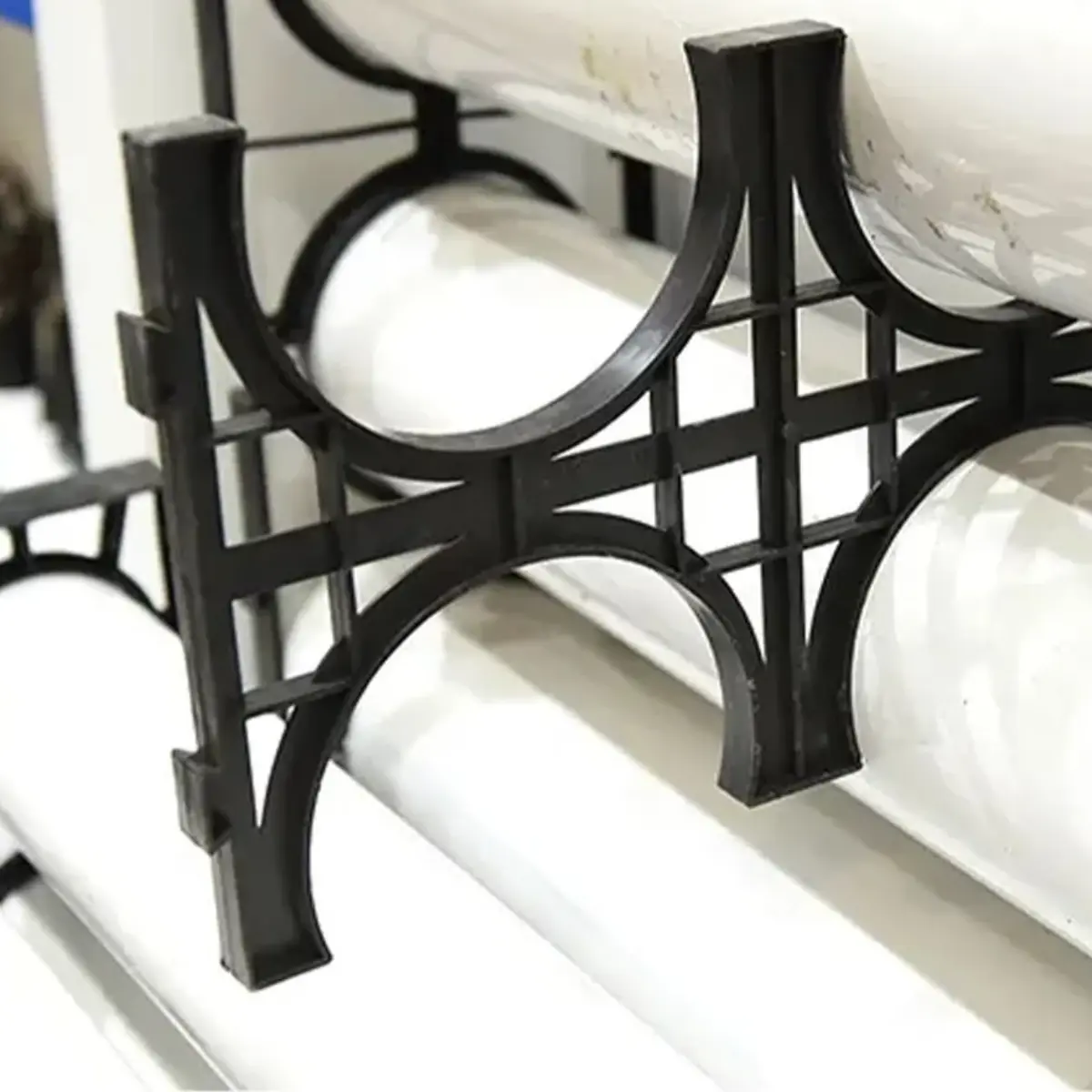





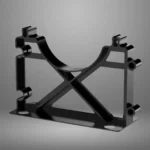
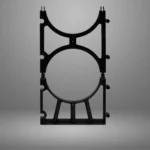
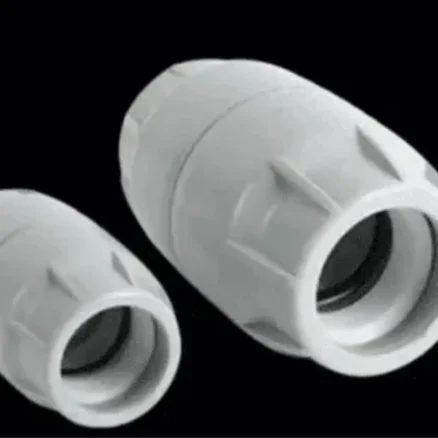
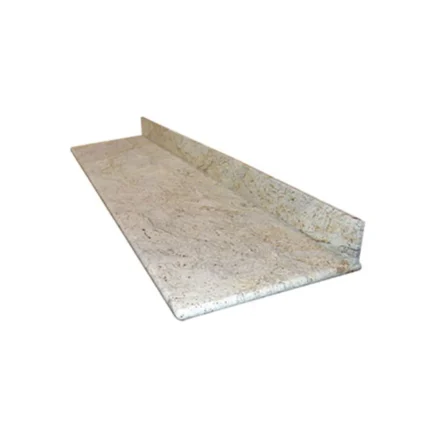
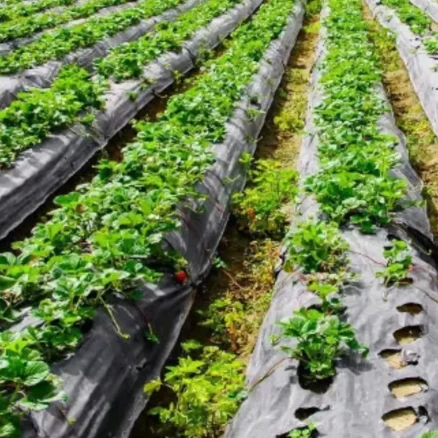
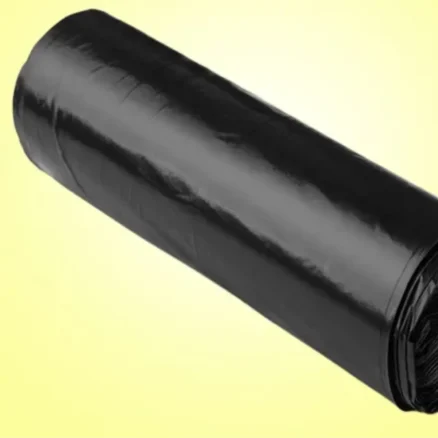
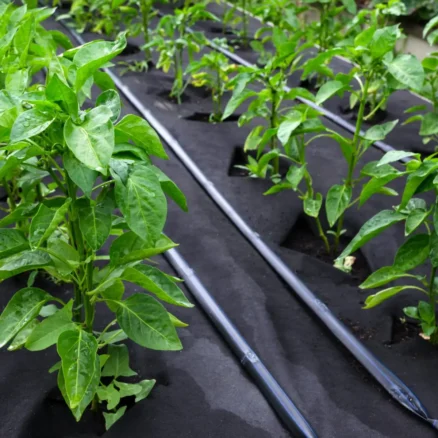
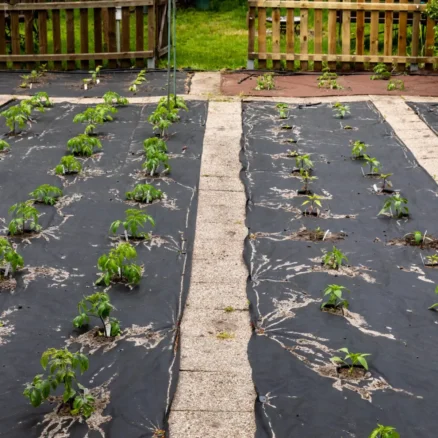
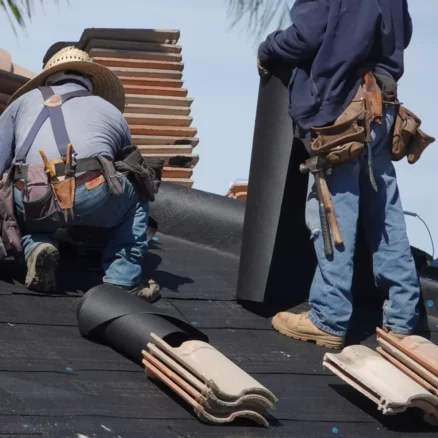
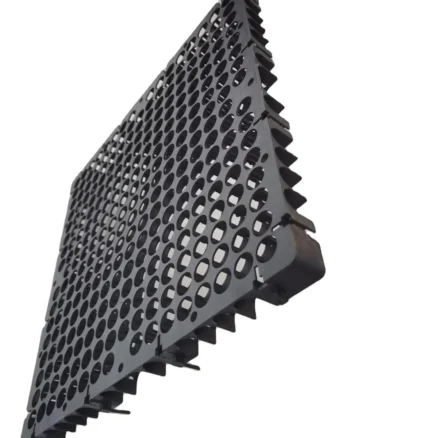
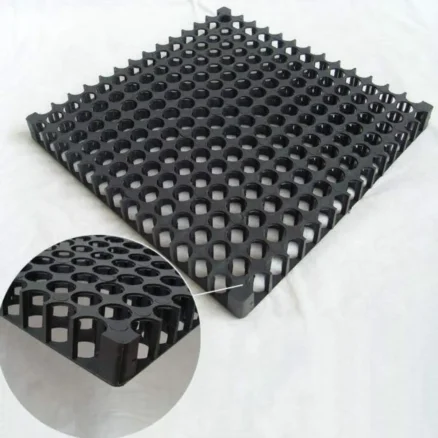
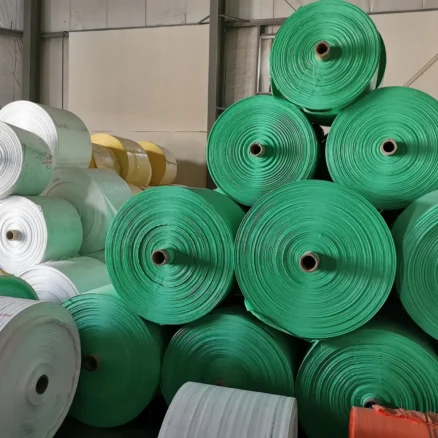

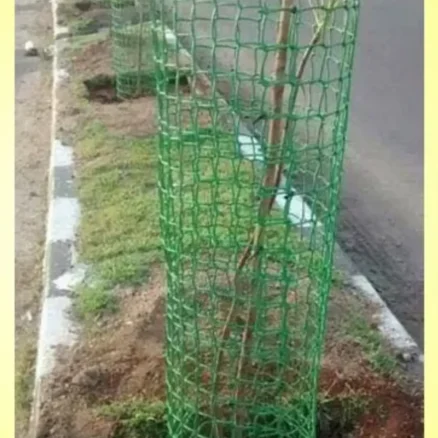
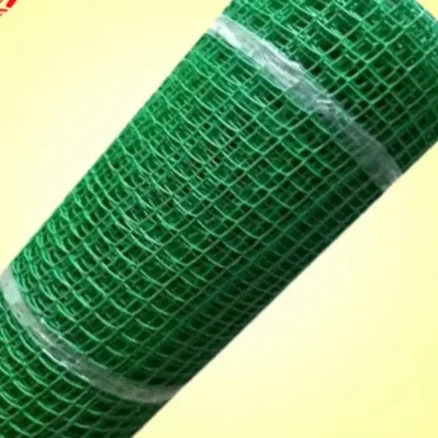

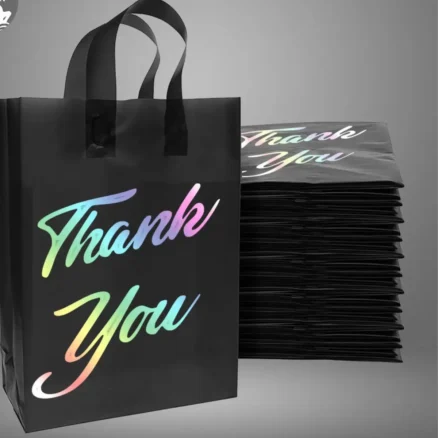
Reviews
There are no reviews yet.